Nasdaq has been awarded a patent for using blockchain technology to secure and distribute information.
The patent was released this week by the U.S. Patent and Trademark Office (USPTO), CoinDesk reported. It describes “Systems and methods for securing and disseminating time sensitive information using a blockchain.”
A number of online news dissemination platforms exist today, with many offering a web-based interface that allows a customer to upload information. With the growth and evolution of the needs of people and organizations, several new features have been added to these platforms such as encryption and advanced access controls.
“However, the inclusion of these features in a service can lead to audit trail gaps (or no audit trail at all). Furthermore, the increased complexity in these services can lead to errors,” the patent added.
It is now seeking to leverage blockchain technology to address these challenges. The patent describes an “information computer system” that will securely release “time-sensitive information to recipients via a blockchain.” The process is explained as:
“A submitter submits a document to the system and a blockchain transaction is generated and submitted to the blockchain based on the document (e.g., the document is included as part of the blockchain transaction).
“An editor may edit the document and an approver may approve the document for release to the recipients. Each modification and/or approval of the document is recorded as a separate transaction on the blockchain where each of the submitter, editor, approver, and recipients interact with the blockchain with corresponding unique digital identifiers--such as private keys.”
Importantly, the system uses smart contracts to allow “dissemination of the information directly to selected parties.”
“Access to the sensitive information that is stored on the blockchain may include a multi-signature requirement that is part of the embedded scripts that make up a given blockchain transaction,” the patent reads.
“The intended recipients of the information may then directly interface with the blockchain at the scheduled time (e.g., that is controlled by the embedded script that is part of a transaction) to access information that has been securely stored thereon.”






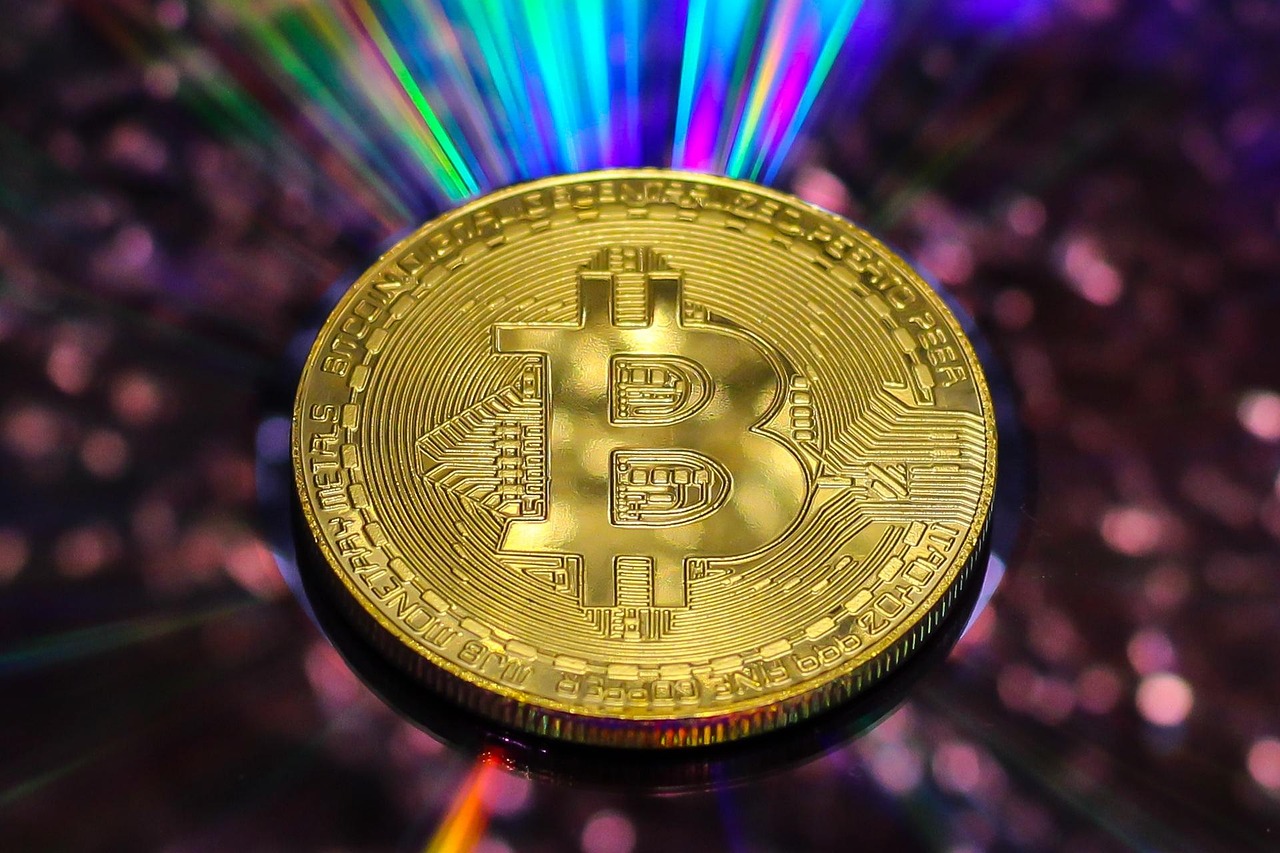
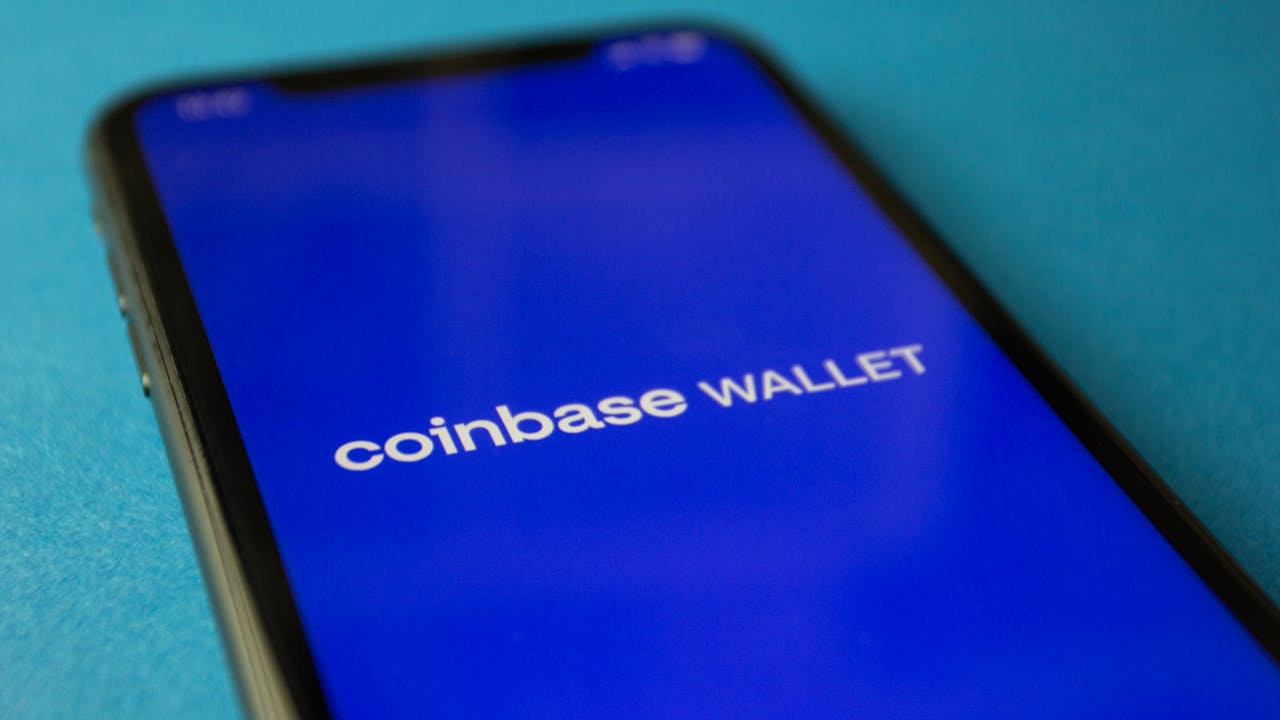

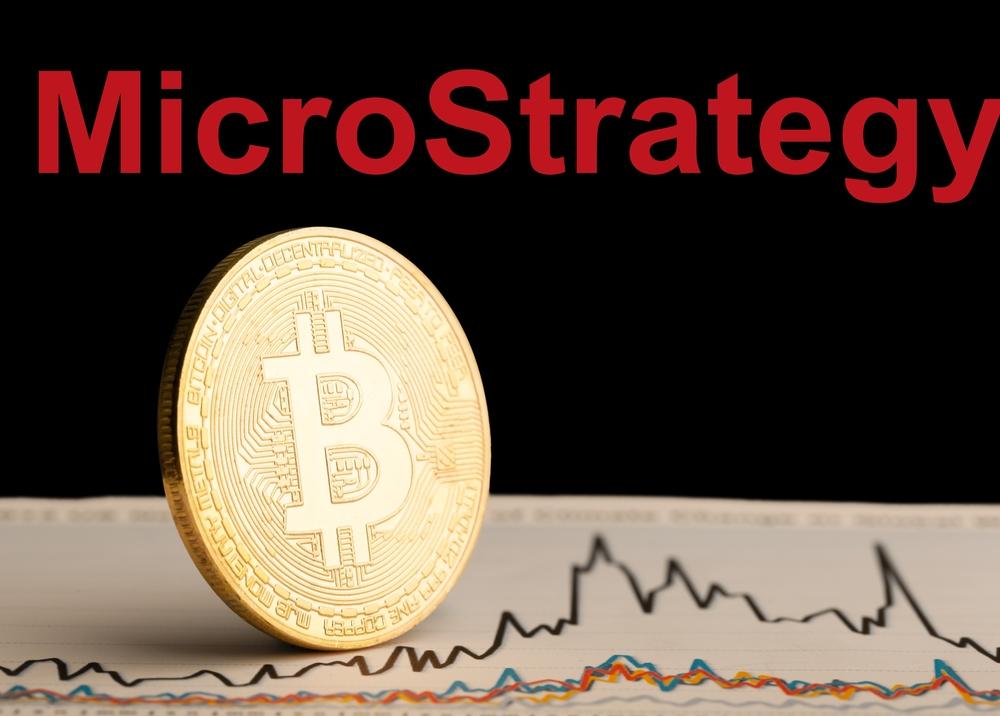


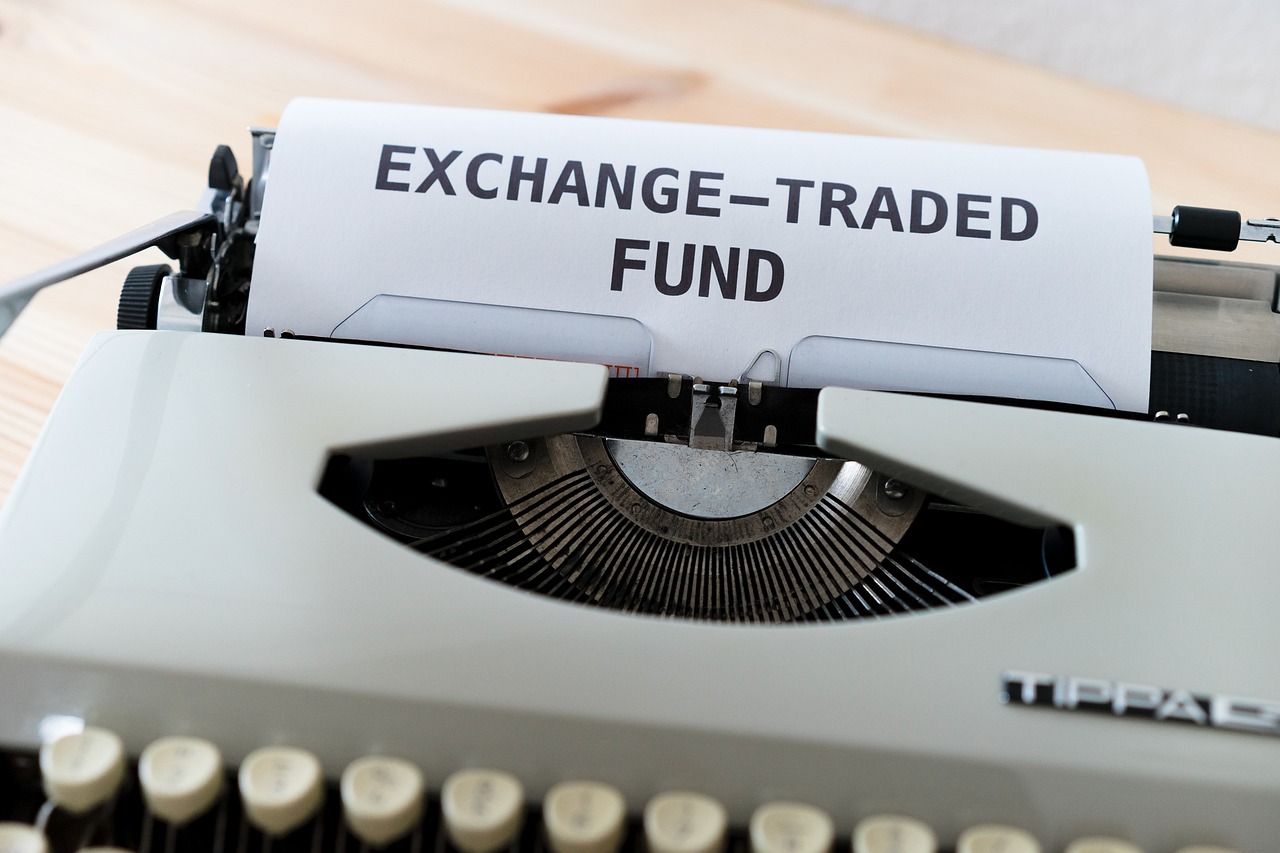

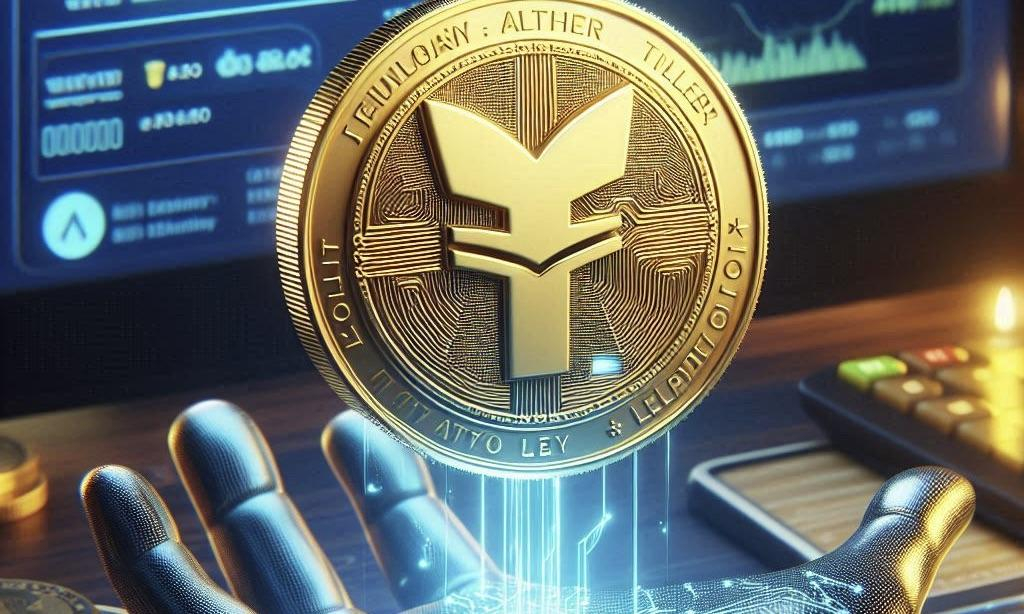

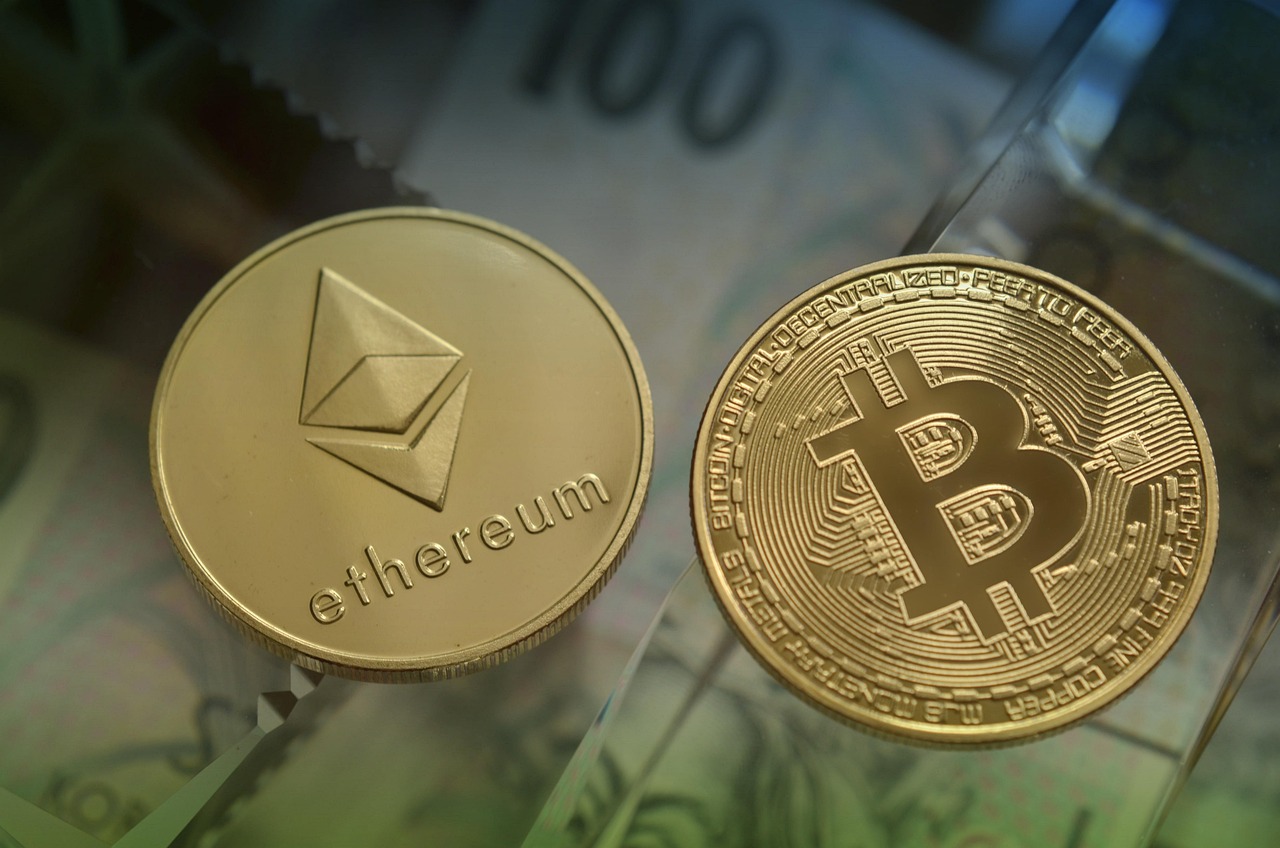

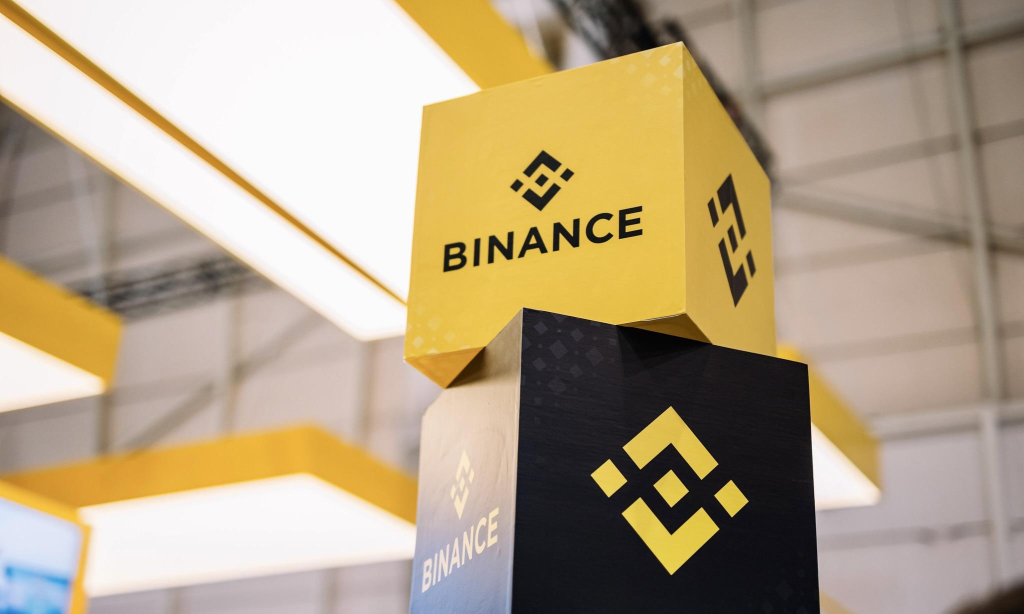





Comment 21